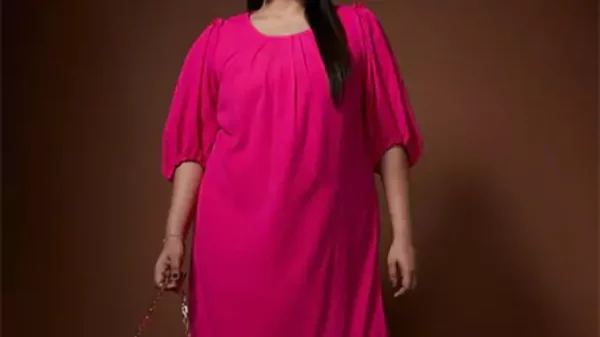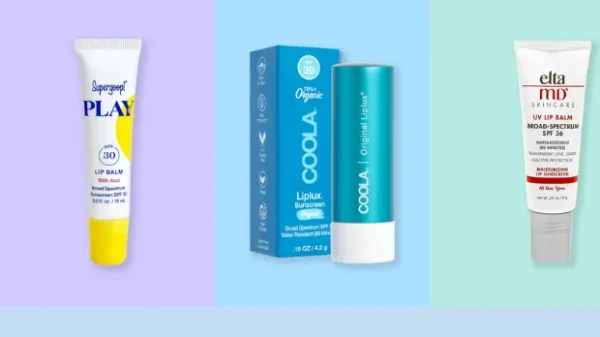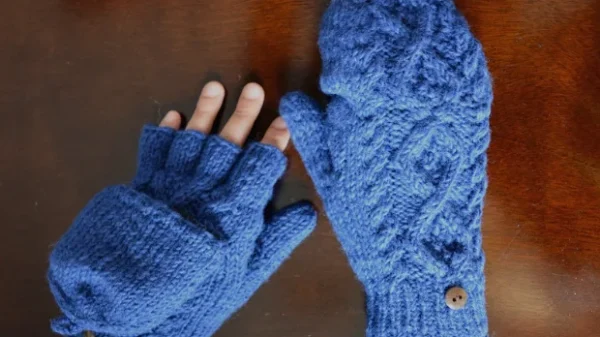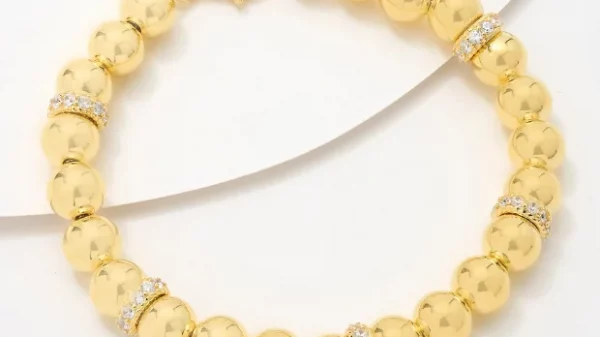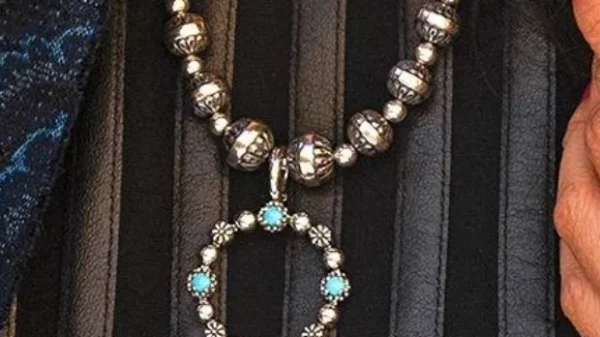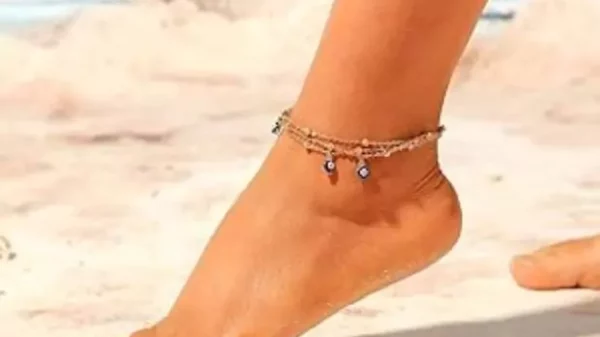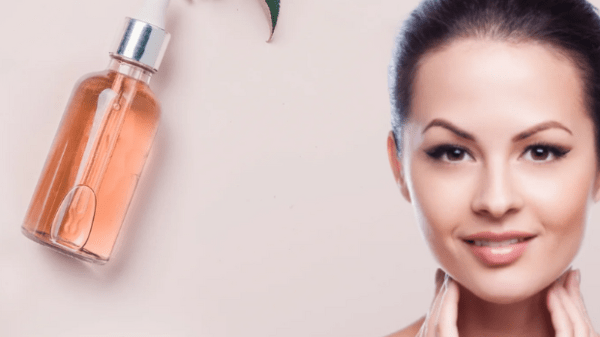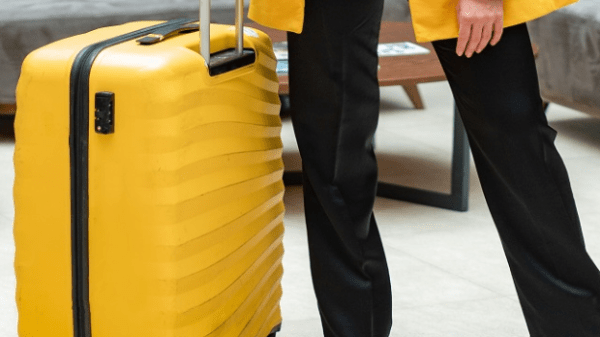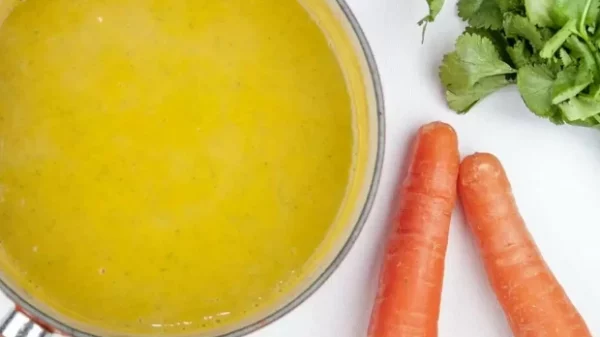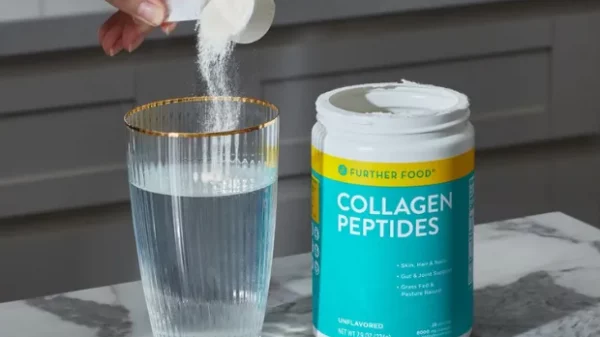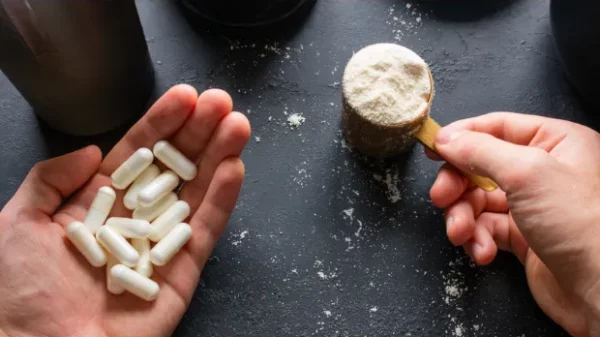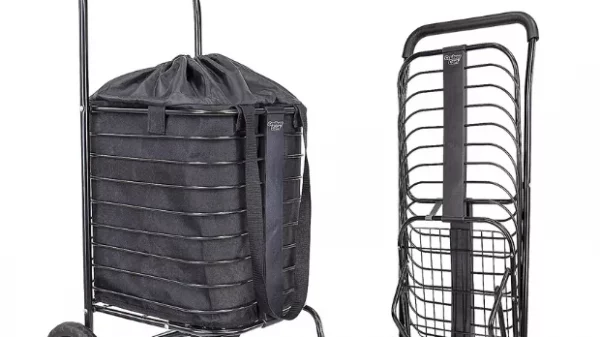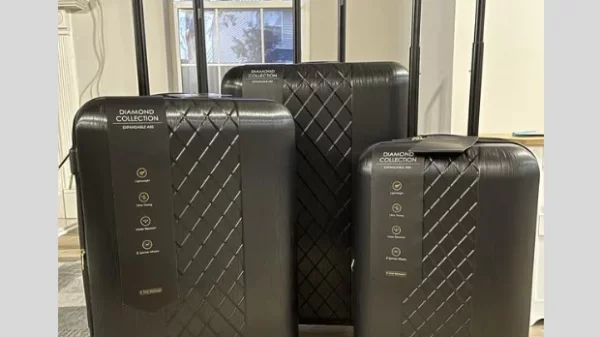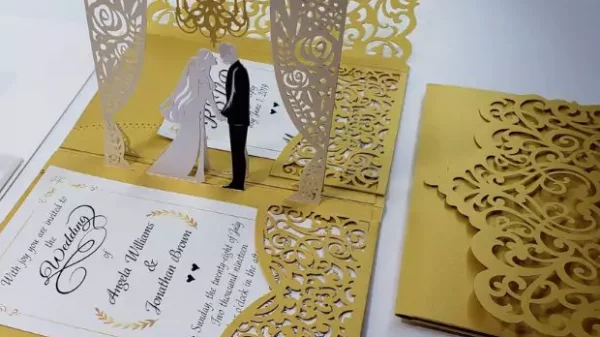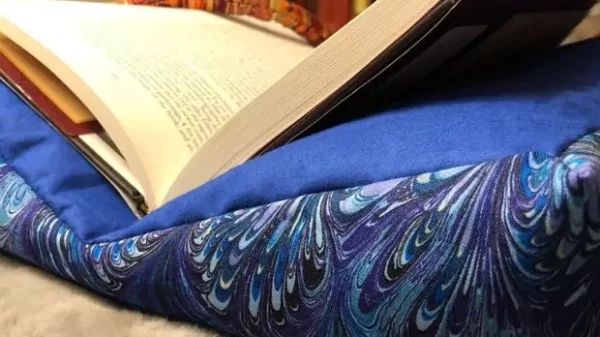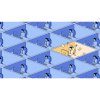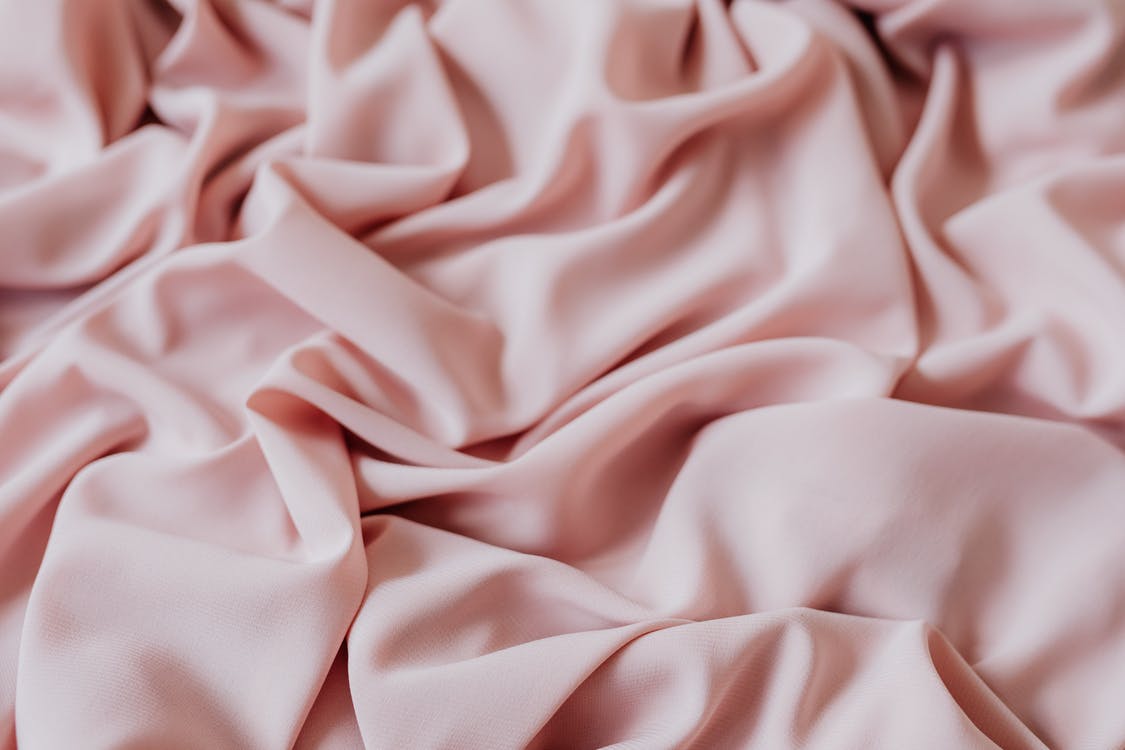
Will The Real, Natural Cotton Please Stand Up?
Can you distinguish between rayon and cotton, and bamboo silk and hand-woven silk? Do you even know how they look and feel? No? Well, it won’t matter as long as you check the label to make sure that you’re getting what you want and not a substitute. Even if you do know your fabrics, check the label for there are some new and deceptive ‘poly’ kids on the block.
They masquerade as natural fabrics (cotton, linen, and silk), but most of them are variants of polyester and rayon- a material that was invented in the late 19th century. Yes, invented! Rayon is a human-made fabric, even though its proponents may argue that since it is made of cellulose (the stuff in wood pulp), it is semi-synthetic. Which is like arguing that cocaine is natural because it is made of cacao beans. After multiple rounds of chemical processing, could there be anything natural left in the molecules?
Here are a few fabrics that you should know are human-made though they may be sold as natural. These are fabrics that you would swear on your Instagram password came from nature, but they didn’t.
Art silk
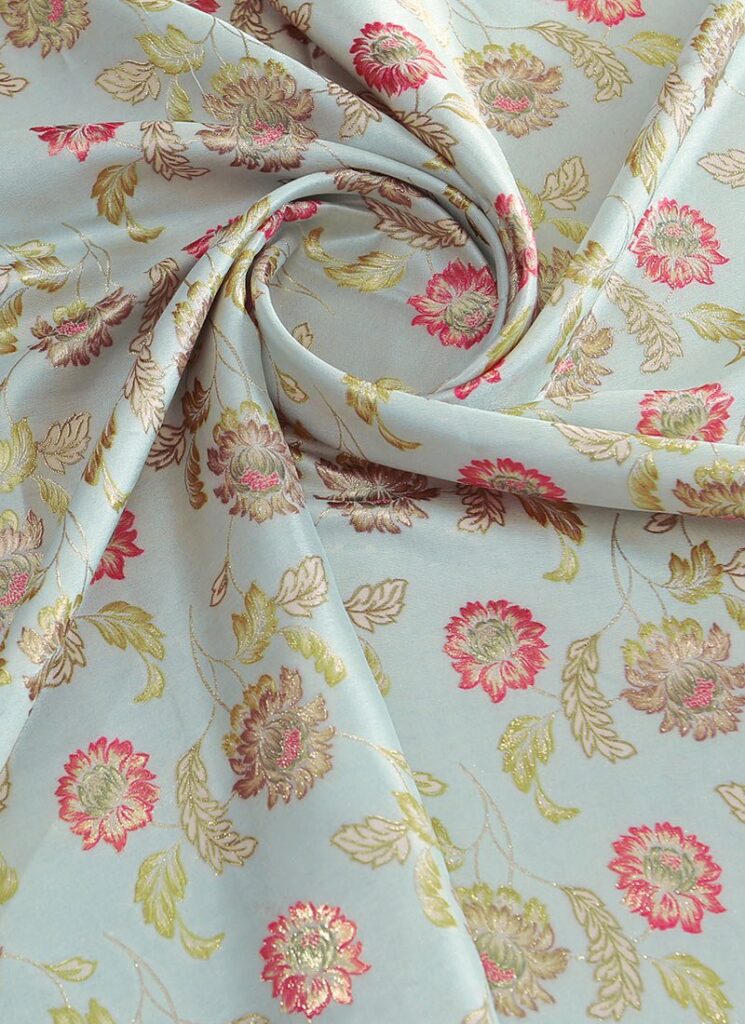
Nopes, this silk is not an expression of the weavers’ ideas and feelings. Here, “art” is short for artificial. Art silk is made of synthetic fibers, often rayon.
Bamboo silk
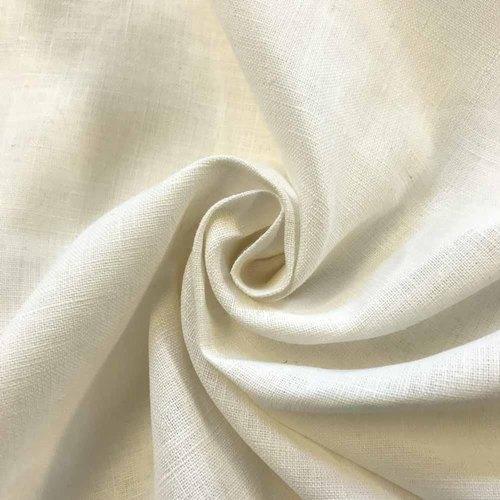
And China silk and poly silk. None of these came off a silkworm, which is where real silk comes from. In fact, trying to pass off synthetic fabrics made from bamboo pulp as natural got some big American brands into a world of trouble. You may want to Google “bamboo fabric lawsuit” for the gossip.
Polyester

If you’re wondering how polyester can be mistaken for a natural fabric, go check the labels of your jeans and even your t-shirts. Yes, those used-to-be-cotton clothes are now often blended or made purely with polyester. And a lot of it looks and feels exactly like cotton, though it doesn’t behave like it (think perspiration).
Rayon

Many salesmen will tell you that rayon is a form of cotton because it often looks and feels exactly like that (frighteningly so). But it is NOT. Rayon has many variants and is sold under multiple names, like viscose and modal. But be warned before you buy: most rayon loses shape easily. And low-quality rayon doesn’t absorb much water, making it extremely uncomfortable to wear in hot and humid climates.
Spending your hard-earned money on such pseudo-natural fabrics should get you all hot and bothered (and it will). So should you go on a rayon-burning spree to protest? You could, since rayon is extremely flammable. (That’s why the threads on many of your actual cotton or linen clothes burn when ironed- they are made of rayon.) But it might be simpler just to watch out for these impostors while shopping, and say “Nay” every time you find synthetic clothes that are priced and sold as if they are natural.




